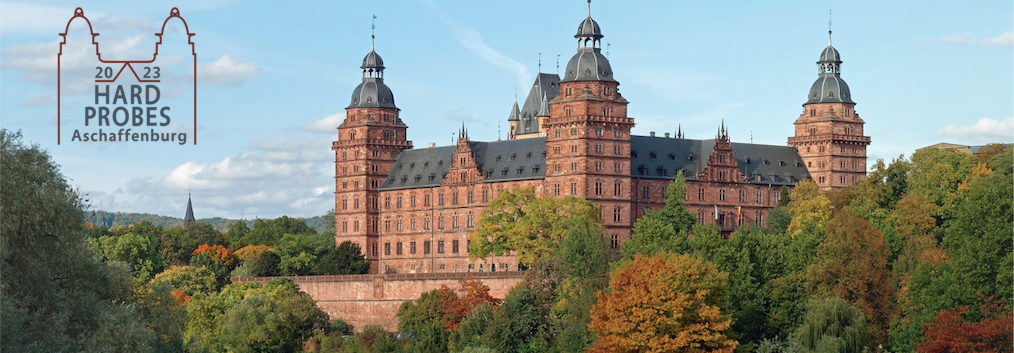Sprecher
Beschreibung
The microscopic production mechanism of light (anti)nuclei in high-energy hadronic collisions is still mysterious and is a highly debated topic in the scientific community. Two different phenomenological models are typically used to describe the experimental data: the statistical hadronization model and baryon coalescence. In the former, light nuclei are emitted from a source in local thermal and hadrochemical equilibrium. Their yields are calculated using the QCD partition function by imposing the conservation of quantum numbers inside the so-called correlation volume. In the coalescence approach, light nuclei can be formed if the phase-space configuration of nucleons at kinetic freezeout is compatible with the Wigner density of the bound state. A straightforward prediction of the coalescence model is an enhanced coalescence probability of nuclei inside jets compared to that in the underlying event, measured in small collision systems.
In this contribution, the $p_{\rm T}$-differential production yields and coalescence probabilities of (anti)deuterons inside jets and in the underlying event measured by ALICE in small collision systems are presented. These results are compared to expectations from coalescence and a reaction-based model. In the latter approach, implemented in the PYTHIA 8.3 event generator, deuterons are generated using ordinary nuclear reactions.
Affiliation
CERN
| Experiment/Theory | ALICE |
|---|
